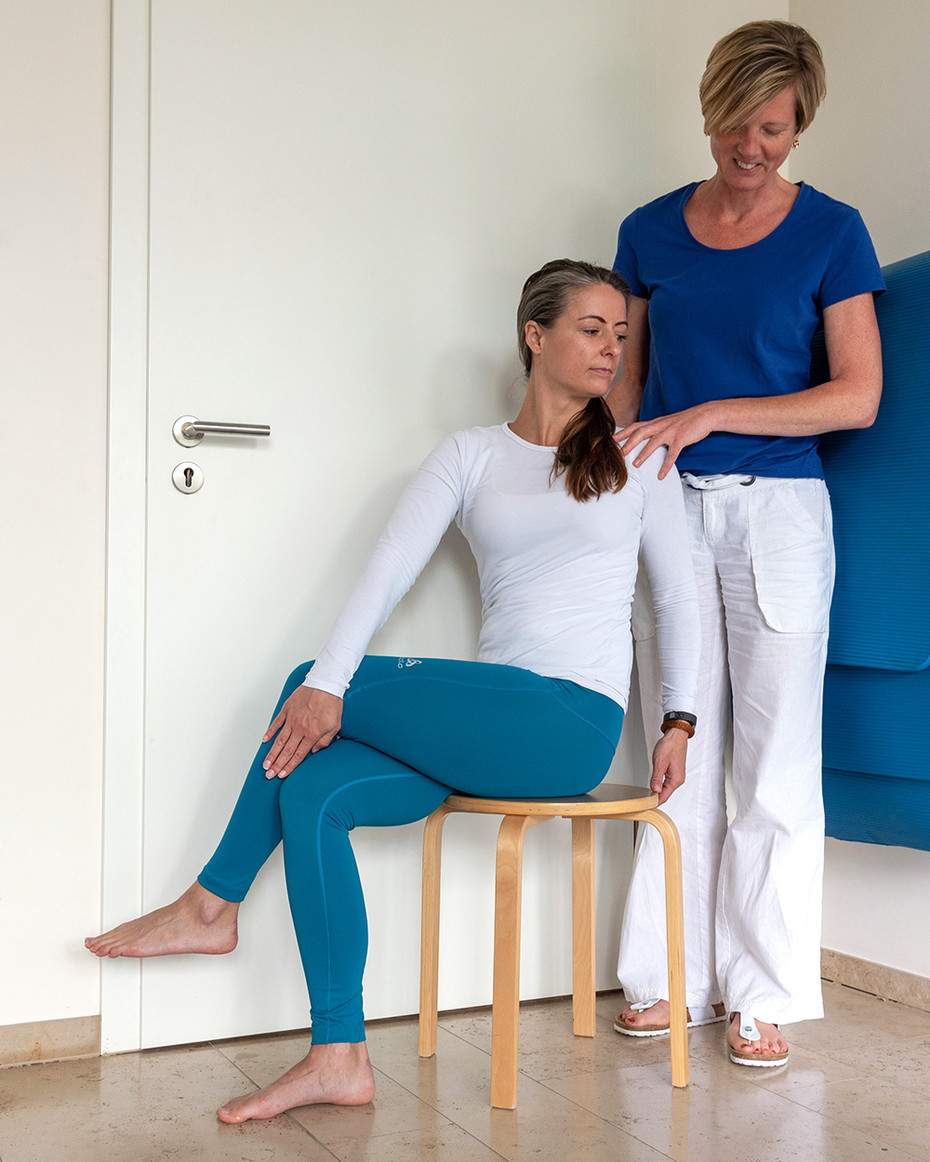Physiotherapist Marlies Ziegler explains how respiratory physiotherapy for COPD works. In addition, she presents three simple breathing exercises. The exercises increase the ribcage’s flexibility and they can reduce shortness of breath, coughing and hyperinflation, as well make it easier to dislodge mucus from the bronchial tubes. This time she shows the exercise “Seated Rotation”.
The focus of this exercise is on the spine’s rotational movement. You also will stretch the pectoral muscles, which also act as accessory muscles of breathing. How to do this exercise:

This article was written in cooperation with Marlies Zieger. She works as a physiotherapist in private practice in Munich. She specialises in respiratory therapy. She has been treating patients with chronic obstructive and restrictive airway diseases such as asthma, COPD, cystic fibrosis (CF) and primary ciliary dyskinesia (PCD), for more than 20 years.
Note: The information in this blog post is not a treatment recommendation. The needs of patients vary greatly from person to person. The treatment approaches presented should be viewed only as examples. PARI recommends that patients always coordinate with their doctor and physiotherapist.
An article written by the PARI BLOG editorial team.
© 2025 PARI GmbH Spezialisten für effektive Inhalation